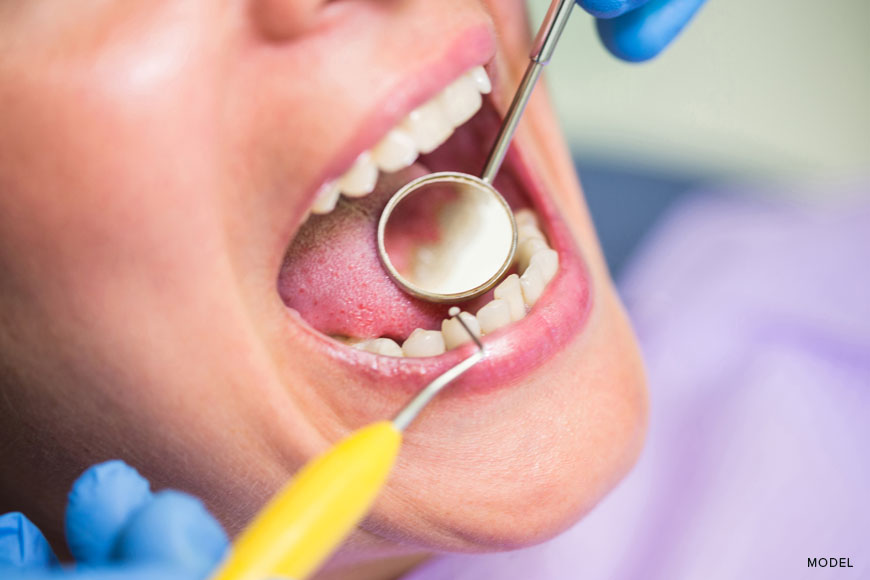Oral health forms the foundation of a confident smile and overall well-being. The field of dentistry, with its multiple specializations including Preventative dentistry vs. Restorative dentistry, offers treatments designed to prevent, diagnose, and address dental issues. Preventative dentistry focuses on keeping your smile healthy from the start, while restorative dentistry addresses problems that have already arisen.
At Madison Dentistry and Implant Center, we’re all about making dental care straightforward and easy to understand. We know that a healthy smile is important to you, so let’s break down the basics of preventative dentistry and restorative dentistry without any fuss.
Preventative Dentistry: Keeping Smiles Bright
Preventative dentistry is like your smile’s best friend. It’s all about stopping dental problems before they start. Here’s what you need to know:
- Regular Checkups Are Key: Scheduling regular appointments with dental professionals remains a prudent choice. Dental experts will inspect your gums, detect cavities, and ensure your oral hygiene stays in top form.
- Keep Your Teeth Clean: Dental cleanings offered here stand as a cut above the rest. Employing advanced tools, plaque and tartar are eliminated, which ordinary brushing cannot manage. It’s akin to a spa day for your teeth.
- Learn How to Care for Your Smile: Valuable advice on effective brushing and flossing techniques awaits. Additionally, insights into the impact of various foods on dental health are provided.
- Tailored to You: Your smile is unique, and so is our approach. We’ll create a plan just for you, whether you need fluoride treatments, sealants, or advice on braces.
- Catch Problems Early: One of the best things about preventative dentistry is catching issues early. We can stop tooth decay and gum problems before they get serious. That means less pain and less money spent.
Restorative Dentistry: Fixing What Needs Fixing
Sometimes, dental issues happen. That’s where restorative dentistry comes in. No need for jargon—let’s keep it simple:
- Dental Implants for Missing Teeth: When a tooth is missing, dental implants perform like magic. They’re strong, look real, and maintain the health of your jaw.
- Dental Bridges Fill the Gaps: Facing gaps due to missing teeth? Dental bridges resemble puzzle pieces for your smile. They assist in speaking and chewing as usual.
- Stronger Jaw with Bone Grafting: If your jaw requires reinforcement before opting for implants, oral surgeons can provide the necessary support through bone grafting.
- Comfortable Dentures: For a comprehensive smile transformation, consider implant-supported dentures. They remain in place and have a natural appearance.
- Relax with Sedation Dentistry: Concerned about dental procedures? Worry not. Sedation alternatives are available to ensure your comfort during treatment.
Preventative Dentistry vs. Restorative Dentistry
Two critical pillars of dental care are Preventative Dentistry and Restorative Dentistry. While the former focuses on preemptive care to maintain optimal oral health, the latter addresses and rectifies existing dental issues. This passage breaks down the core procedures in both domains, helping you understand the nuances and importance of each.
Preventative Dentistry
The essence of preventative dentistry lies in its name – it’s all about prevention. The goal here is to uphold oral health, stave off decay, and forestall the emergence of dental ailments. Below, we outline the typical treatments associated with preventative dentistry:
- Regular Dental Checkups: These are pivotal in detecting and stopping potential problems before they escalate. Most dentists recommend check-ups at least twice a year.
- Dental Cleanings: Often done during your regular check-ups, professional cleanings ensure the removal of plaque and tartar, substances that regular brushing can’t always eliminate.
- Dental X-Rays: This imaging technique is essential for diagnosing underlying dental conditions not visible during a standard oral examination.
- Sealants: A protective barrier applied to the teeth, especially molars, to shield them from decay.
- Fluoride Treatments: Topical fluoride reinforces teeth, making them more resistant to decay and acid attacks from food and drinks.
Restorative Dentistry
Restorative dentistry comes into play when preventative measures have been surpassed or in cases of unforeseen damage. Its primary aim is to rejuvenate both the function and aesthetics of teeth. Here are the typical treatments associated with restorative dentistry:
- Dental Fillings: One of the most common restorative treatments, fillings are used to treat teeth affected by decay or minor fractures.
- Crowns and Bridges: While crowns are designed to cap or encircle a damaged tooth or dental implant, bridges are employed to fill the gap created by one or more missing teeth.
- Dentures: Removable replacements for missing teeth (and surrounding tissues), dentures can be full or partial, depending on the number of teeth they’re replacing.
- Dental Implants: A more permanent solution for missing teeth, implants are anchored into the jawbone and act as roots for artificial teeth.
- Root Canal Treatment: This dental treatment involves removing the tooth’s damaged or infected pulp, cleaning the space, and then sealing it. It’s a way to save a tooth that might otherwise have to be extracted.
In the choice between preventative dentistry vs. restorative dentistry, there is no one-size-fits-all answer. Your decision should be based on your individual dental health needs, financial considerations, and personal preferences. Ideally, a balance of both approaches can help you achieve and maintain optimal oral health.
At Madison Dentistry & Implant Center, we’re all about simplifying your dental care. Whether you’re into preventative dentistry vs. restorative dentistry, we’ve got your back. Your smile is our priority, and we’re here to make it easy. Got questions or want to know more? Don’t hesitate to schedule a consultation or give us a call at 973-822-8003 today. Your smile deserves the best, and we’re here to deliver it.




